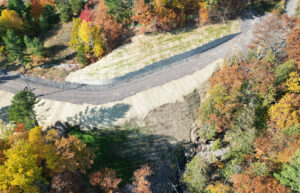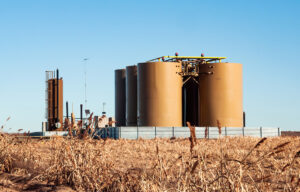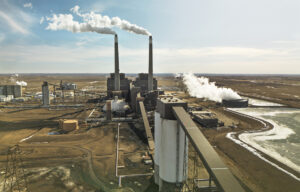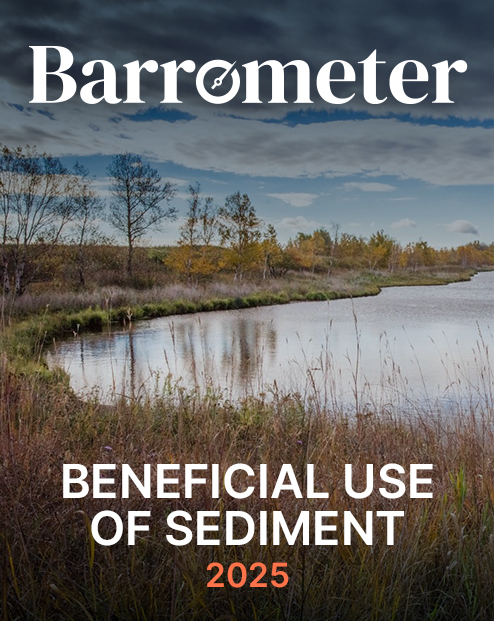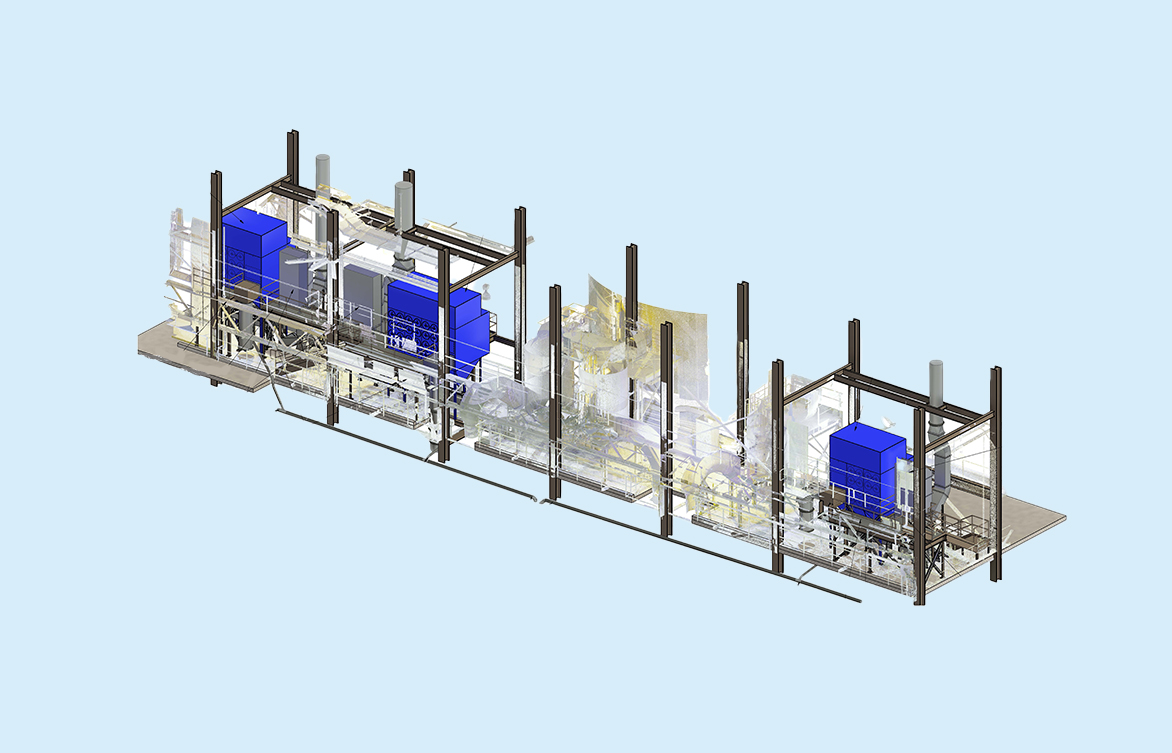
MSHA proposes new silica-exposure standards
In mid-July, the U.S. Department of Labor's Mine Safety and Health Administration (MSHA) published a notice of proposed amendments to federal standards protecting miners from exposure to respirable crystalline silica (silica dust). The proposal promotes a number of measures—reducing permissible exposure limits for respirable silica dust, monitoring exposure levels, providing medical surveillance, and updating requirements for respiratory protection. Although MSHA proposed the rule change to give metal and nonmetal miners the same level of protection as workers in other industries, no timeline has been set for implementation.
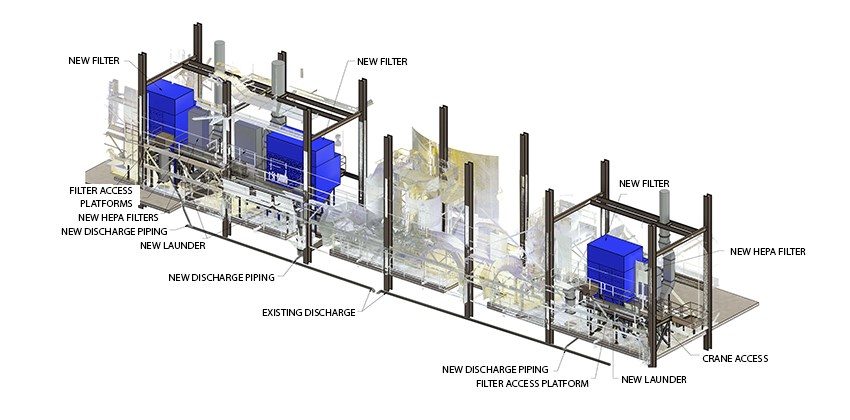
Drawing from our experience helping mining clients reach the former exposure limits, Barr can help prepare for compliance with impending rule changes. Our mechanical and process engineers can assess indoor air quality, propose treatment plans and best available technology to reduce silica dust production, incorporate new equipment—such as return air or HEPA filtration—into facilities, coordinate permitting for additional stack sources, perform indoor-air-quality audits for system performance, and design final system/solution and infrastructure support.
To learn more about Barr's MSHA silica-standard compliance services, contact our team.
About the author
Nick Rupert, vice president, senior mechanical engineer, provides a variety of engineering services for mining clients, including design of mechanical systems and equipment including crushers, screens, mineral-processing systems, material-handling equipment, chutes, dust collection systems, explosion suppression systems, and venting isolation.



